L. N. Pyatnitsky9789048122509, 9048122503
Turbulence nature and the inverse problem
Free Download
Authors: L. N. Pyatnitsky
Edition: 1
Series: Fluid Mechanics and Its Applications
ISBN: 9789048122509, 9048122503
Size: 12 MB (12591874 bytes)
Pages: 205/205
File format: pdf
Language: English
Publishing Year: 2009
Direct Download: Coming soon..
Download link:
Category: Physics , Mechanics: Fluid Mechanics
Tags: >>Турбулентность, Механика, Механика жидкостей и газовSign in to view hidden content.
Be the first to review “Turbulence nature and the inverse problem” Cancel reply
You must be logged in to post a review.
Related products
- Physics , Mechanics: Oscillations and Waves
Вибрации в технике: справочник. Измерения и испытания
Free Download - Physics , Mechanics: Strength of Materials
Mechanics of materials. Fundamentals of inelastic analysis
Free Download - Physics , Mechanics: Oscillations and Waves
Вибрации в технике: справочник. Вибрационные процессы и машины
Free Download
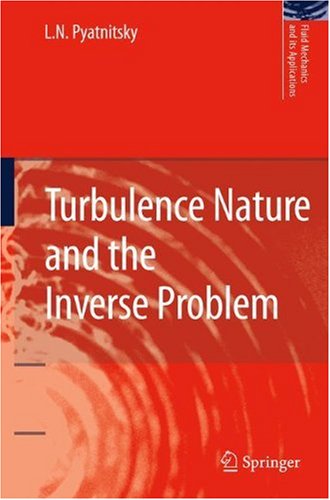
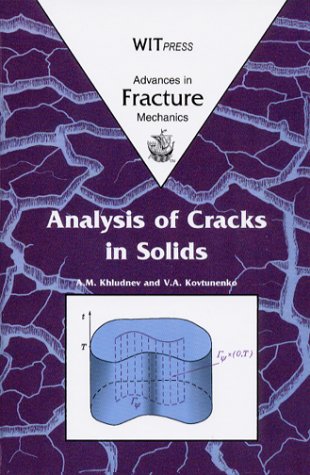

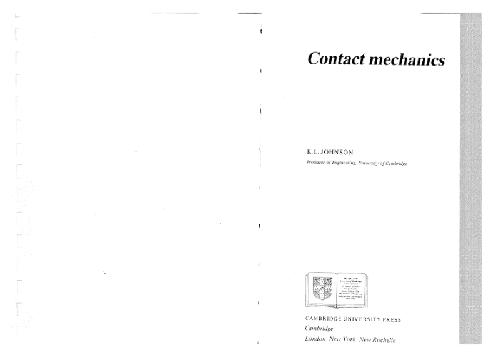
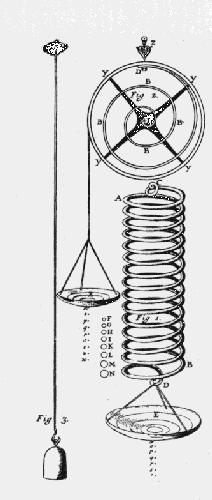
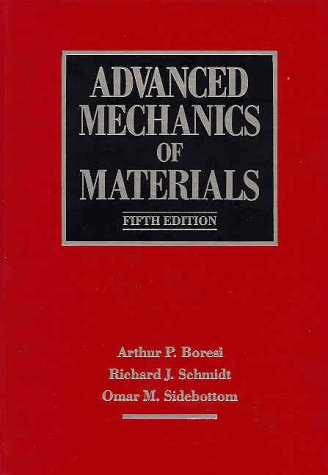
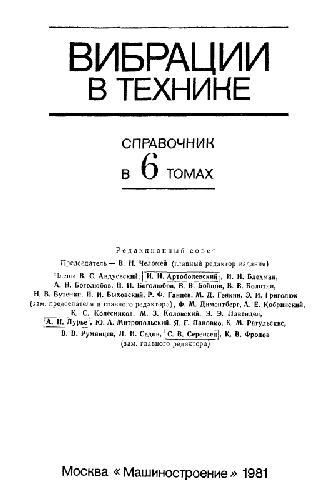
Reviews
There are no reviews yet.